There are a couple of possibilities. Firstly that 2 shots were taken and the lads wandered into one shot. The other that the lads were added or removed in the darkroom at a later date which looks to be the more likely possibility.
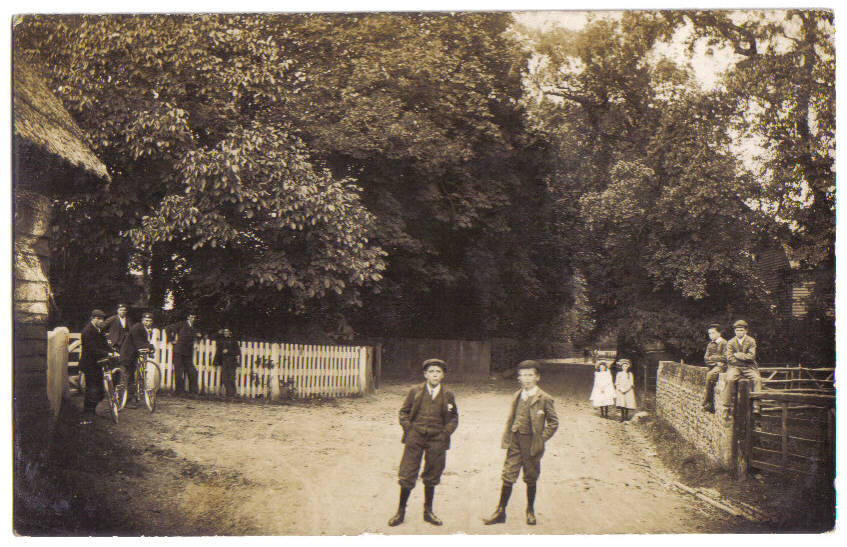
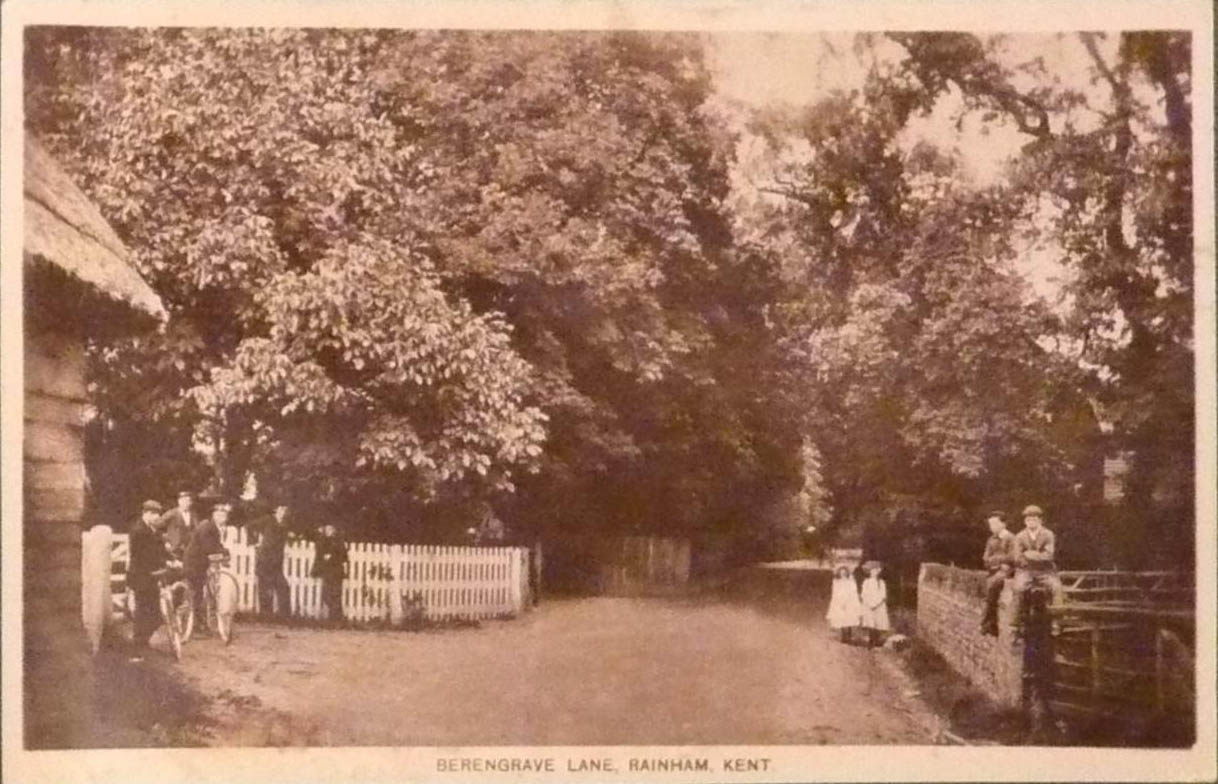
History Articles
There is a forum dedicated to the history of Rainham Kent and with many contributors finding long lost friends. You can access the forum on the following link:
http://www.quicktopic.com/30/H/sjUV5A7TVsV


South East Water have announced today that the last 12 months have been the driest since 1976 and their reservoirs in Sussex are at extremely low levels. Southern Water have levels for their reservoir at Bewl on their website showing volumes since 2000. The level has been on a direct downwards path for 2011 and as of 17 November is at only 40% full.
By saving water using IBC containers or water butts over the winter you will have a store of water that you can use on your garden next year if Southern Water implement drought restrictions such as a hosepipe ban in 2012.
Medway News, 24/9/2009
A FRAGMENT of medieval glass is among artefacts uncovered during the restoration of St Margaret's Church in Rainham.
This is a list of shops in Hempstead Valley Shopping Centre as of early 2011. Some have now changed hands such as Morellis now being a Costa Coffee.
The Queens Head pub has been in Wigmore since at least the 1930s. This is a photo of it from approx 1930 when it looks fairly recently built. The Queens Head also became a Harvester Restaurant in the late 1970s.
The Queens Head is on the corner of Woodside and Maidstone Road in Rainham, Gillingham Kent. There is also a cash machine near the Queens Head located at the Total Garage on Maidstone Road approx 50 yards from the pub.
Along with much of the rest of the South East of England, Kent was affected by the severe winds from the Great Storm on the evening of 15/16 October 1987 resulting in hurricane force winds that destroyed many trees and damaged lots of buildings in the area. The event was made more famous by Michael Fish's comments on TV weather forecast that no hurricane was on its way a few hours before it struck.
This newspaper graphic shows how the storm progressed across the country in Oct 1987. Five people were killed across Kent by the winds and the damage they caused. A video of the news the day afterwards is here
I remember walking to school through all the debris - never managed to miss a day through the weather back then! - and finding the school closed with trees downed in the field.
We had lost electricity overnight but that came back during the day for us but many others were without power for several days where such damage had been made to the power lines from fallen trees.
This gallery shows a selection of images of the immediate aftermath and of trees uprooted taken some weeks later near Bredhurst and Queendown Warren. You can see the scale of the tree roots that have been ripped out of the ground compared to the person standing next to them which gives an idea of the ferocity of the hurricane force winds that hit Kent on 15/16 October 1987
This is a photo of tree downed in Marshall Road Rainham during the Great Storm of October 1987.
These are a few photos taken on the following day and the weeks afterwards showing some of the damage caused by the high winds.
Flag pole & washing line blown down by the winds in October 1987
Branch of cherry tree blown off by the hurricane force winds in 1987
Freak blizzards sweep through Medway in June 1989. This front page of Medway News shows cars in Lordswood driving through the snow but.
However, despite appearances of snow in the UK in June the weathermen insisted that it was all due to an intense hour long hailstorm but in some areas the paper claimed 9 inches of snow/hail had fallen.
In the previous week Medway had been basking in temperatures in the 80s.
Titbits from Milton Union records by Audrey Perkyns
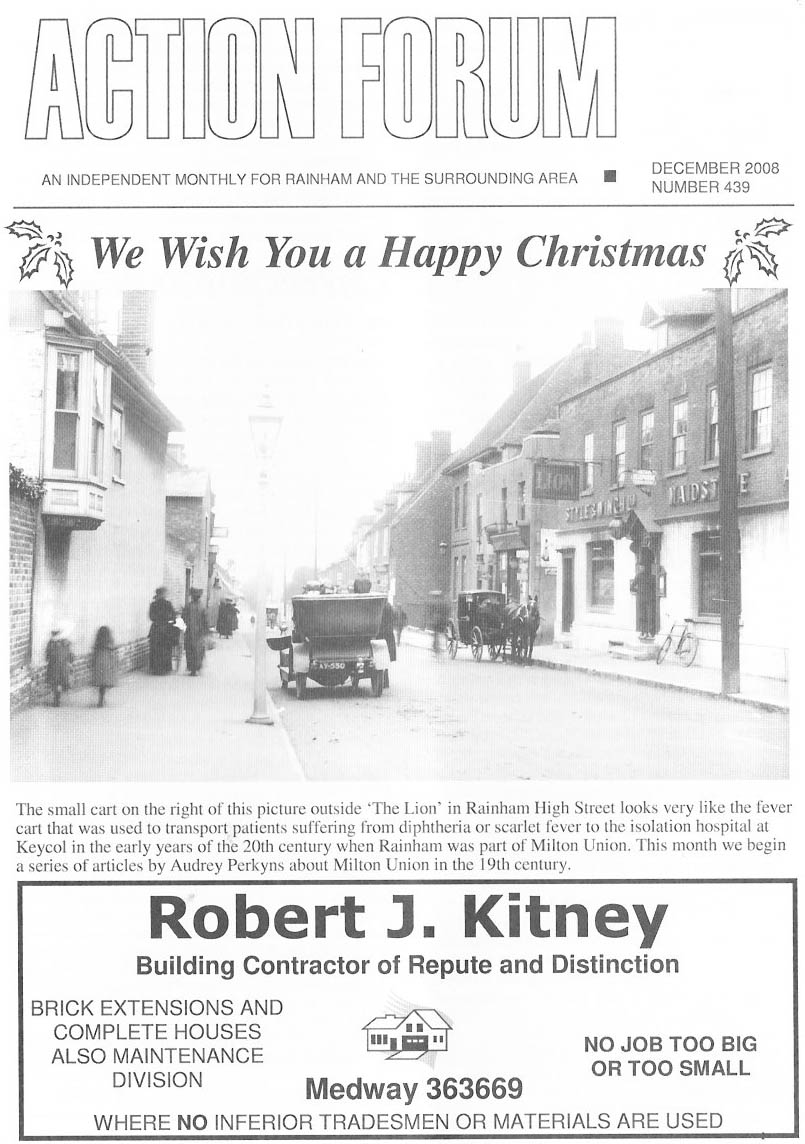
MEMORIES OF RAINHAM From Action Forum July 2004
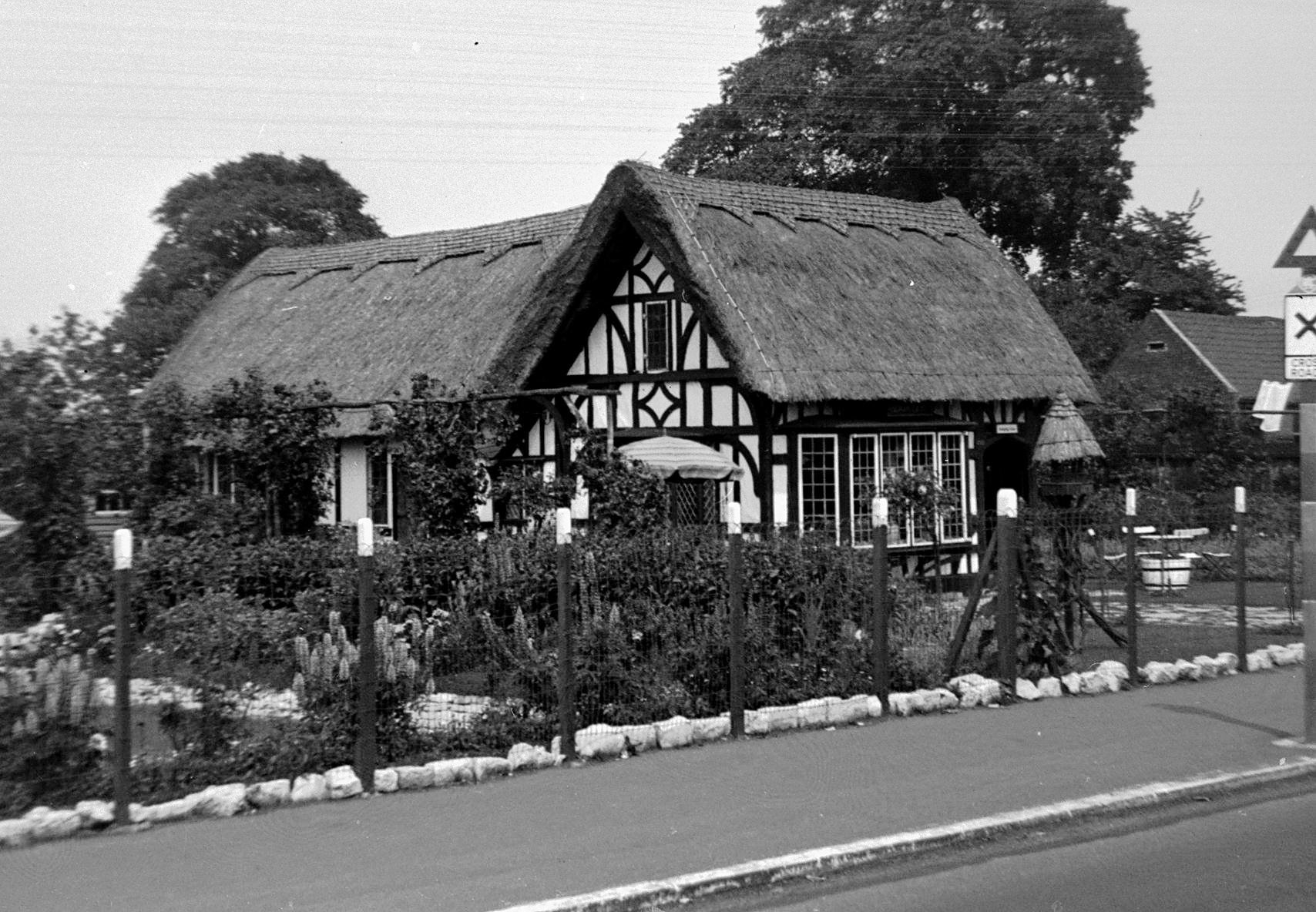
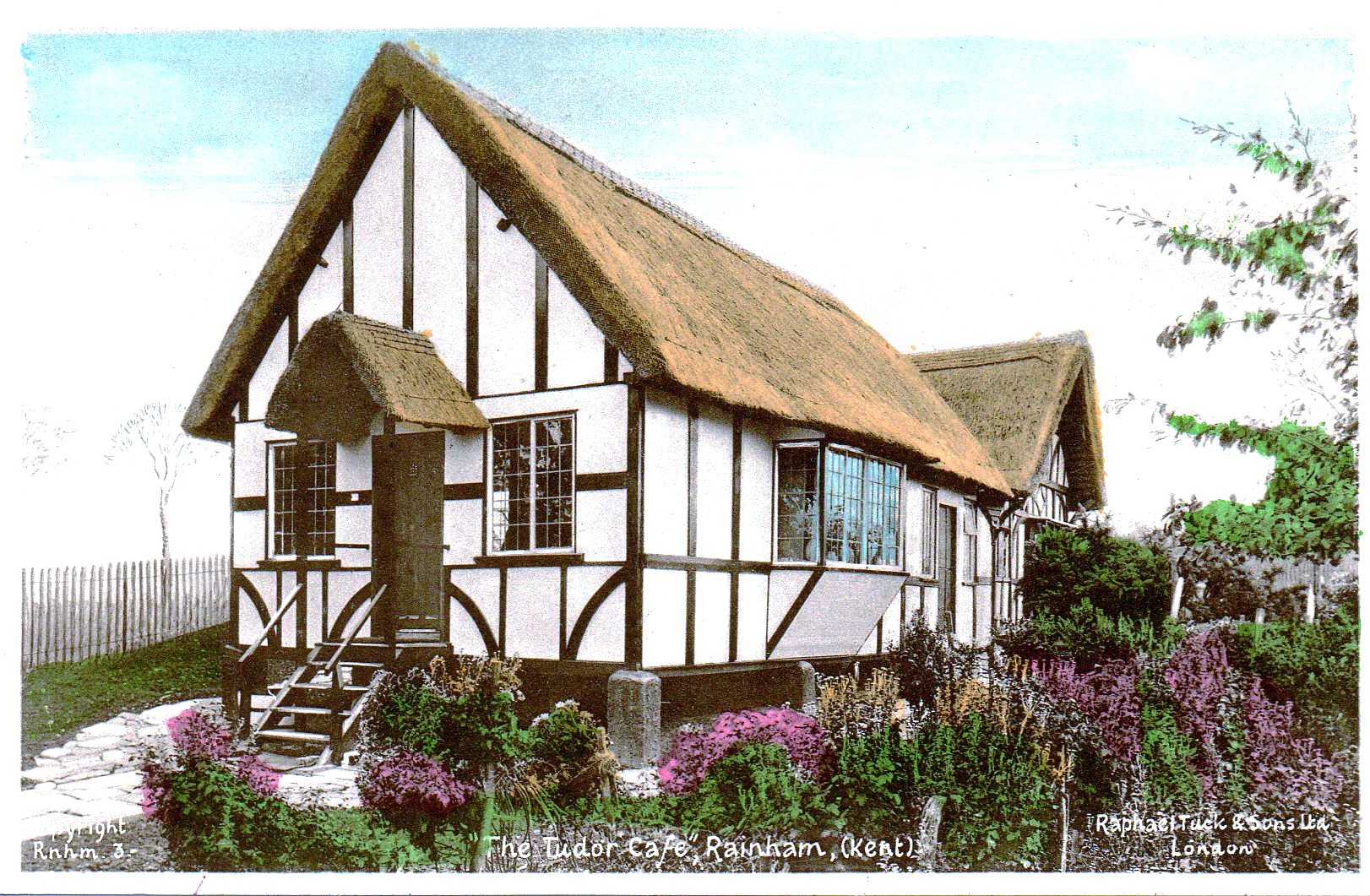
MEMORIES OF RAINHAM From Action Forum August 2001
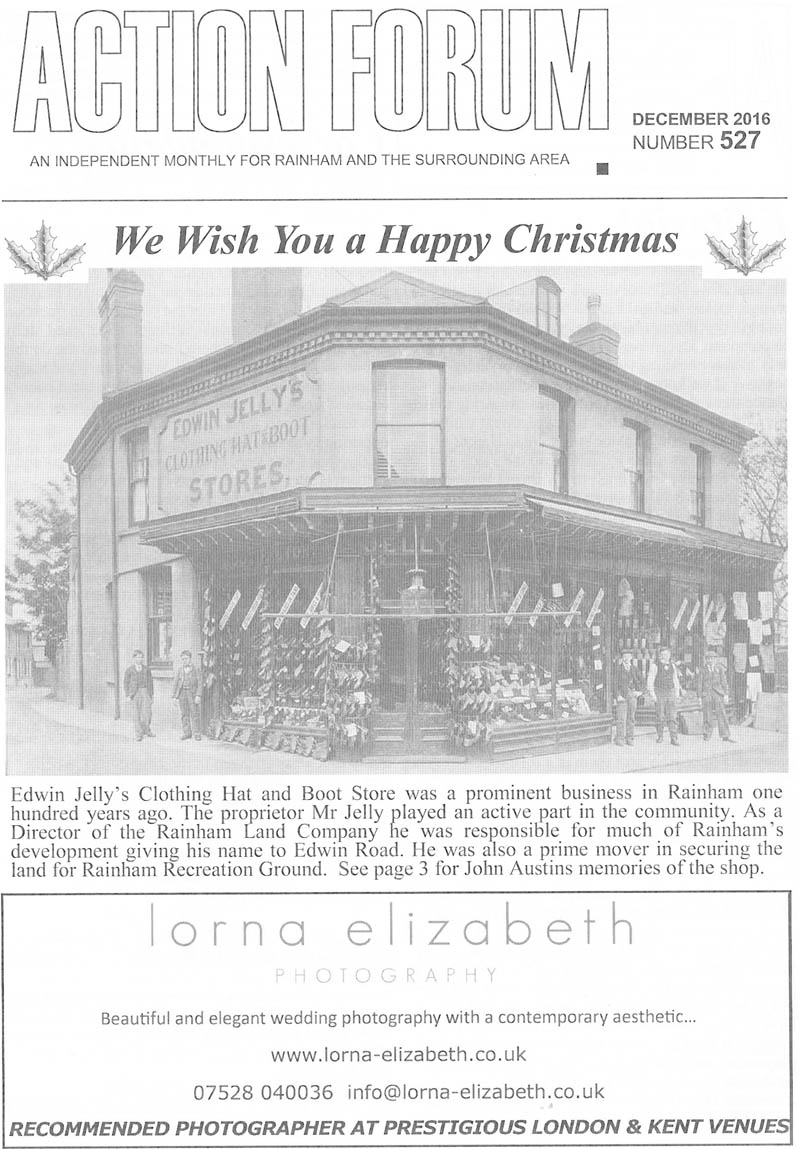
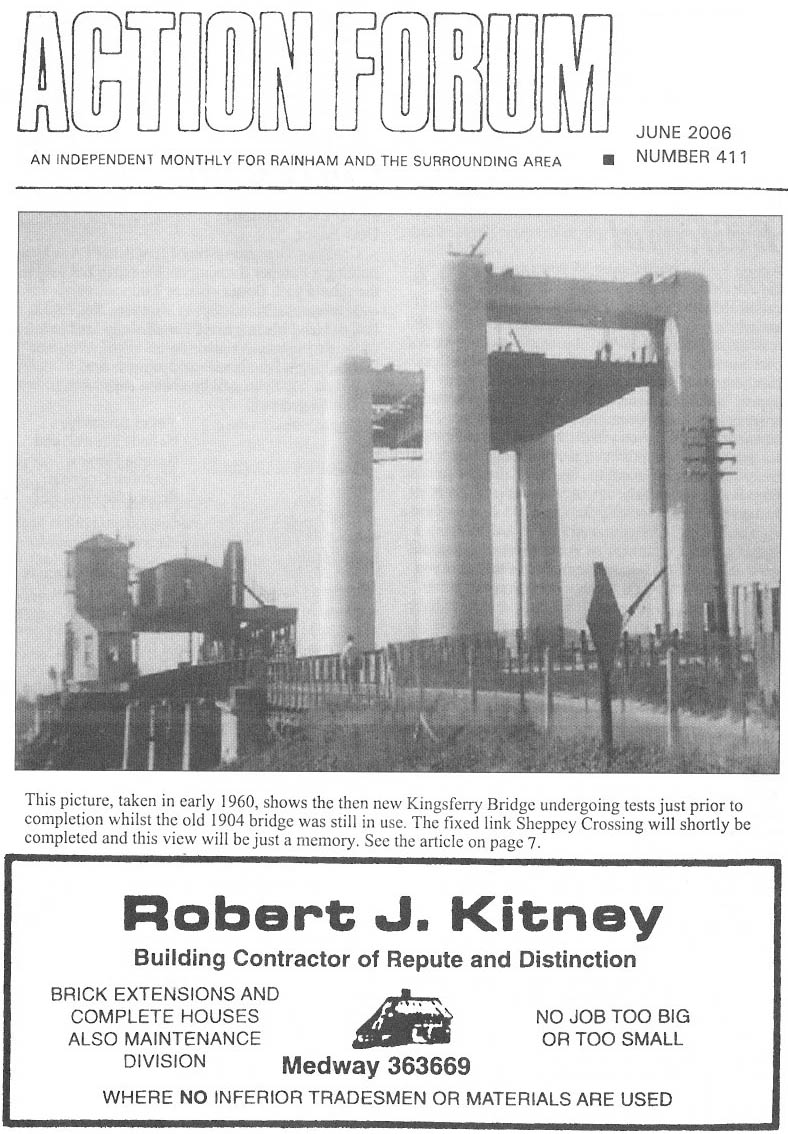
Historical tales
Rainham Life
Local Events
Photos
Roads around the Rainham - old photos of how roads used to look in days gone by
Old photos by decade
Action Forum is a free monthly magazine that is distributed to the Rainham area covering Wigmore, Parkwood and Hempstead as well. This archive covers old copies of the magazine dating back to its initial publication in 1969 and give a fascinating glimpse into life in Rainham over the last 50 years.
Link to Article Index - Action Forum Index - Photos and Articles from 1969 onwards
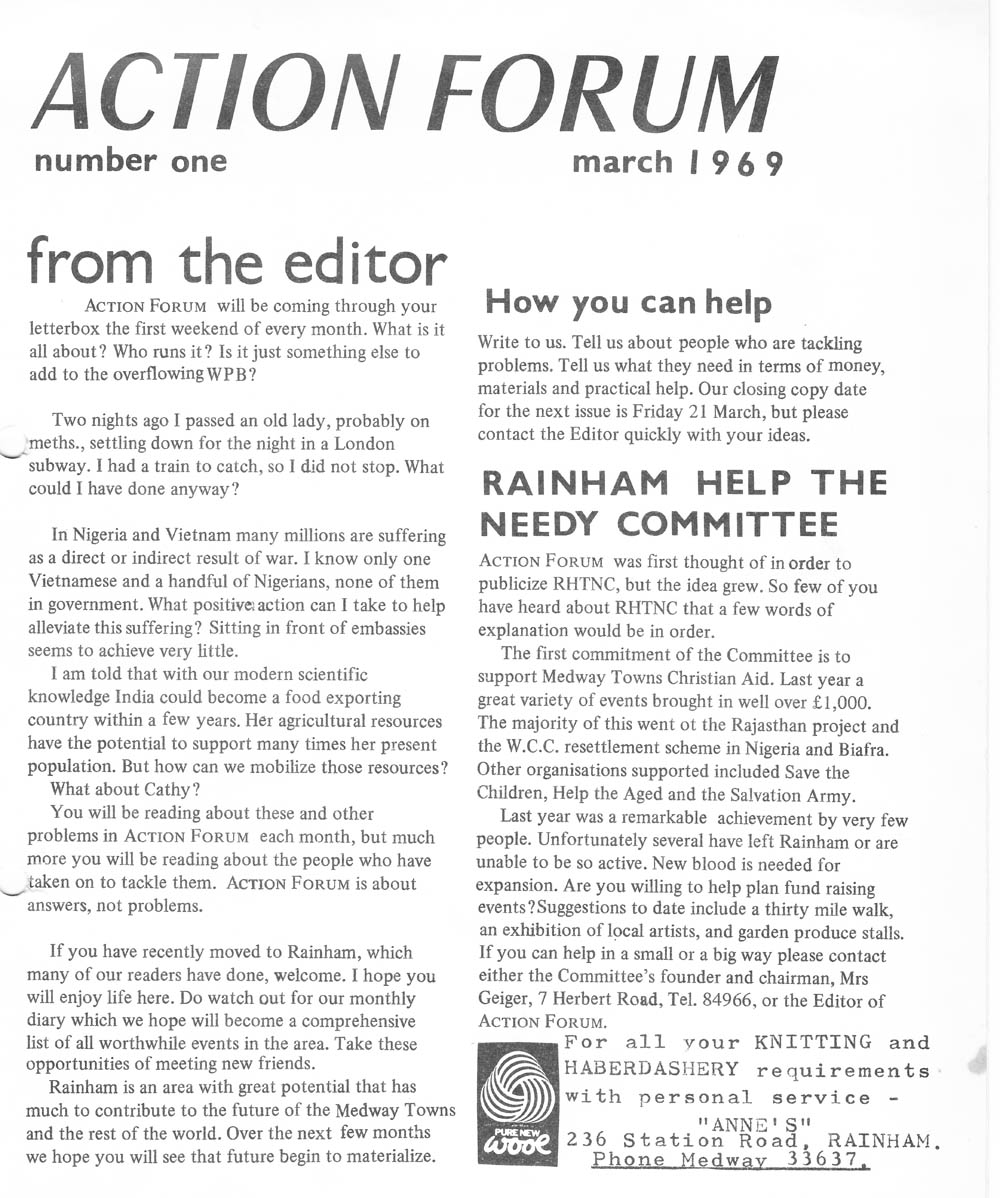

Action Forum 2024 magazines
Action Forum 2023
Action Forum 2022
Action Forum 2021
Action Forum 2020
Action Forum 2019
Action Forum magazines from 2018
Action Forum 2017
Action Forum from 2015
Action Forum magazines from 2014
Action Forum 2013
Action Forum 2012
Action Forum magazines from 2011
Action Forum magazines from 2010
Action Forum magazines from 2009
Action Forum magazines from 2008
Action Forum magazines from 2007
Action Forum magazines from 2006
Action Forum magazines from 2005
Action Forum magazines from 2004
Action Forum magazines from 2003
Action Forum 2002
Action Forum 2001
Action Forum - 2000
Action Forum 1999
Copies of Action Forum from 1991
Action Forum 1981
Action Forum 1975
Action Forum 1973
Action Forum 1971
The first year of publication
Link to Article Index - Action Forum Index - Photos and Articles from 1969 onwards
Text from Action Forum for Google indexing
Link to Article Index - Action Forum Index - Photos and Articles from 1969 onwards